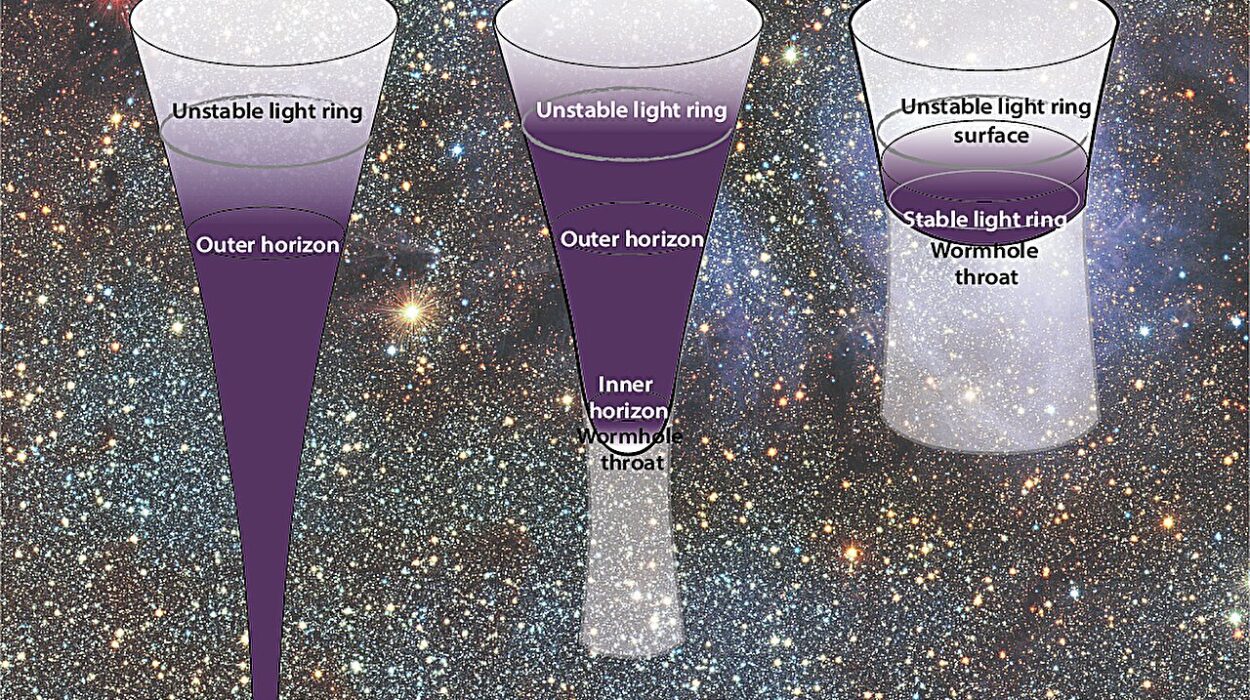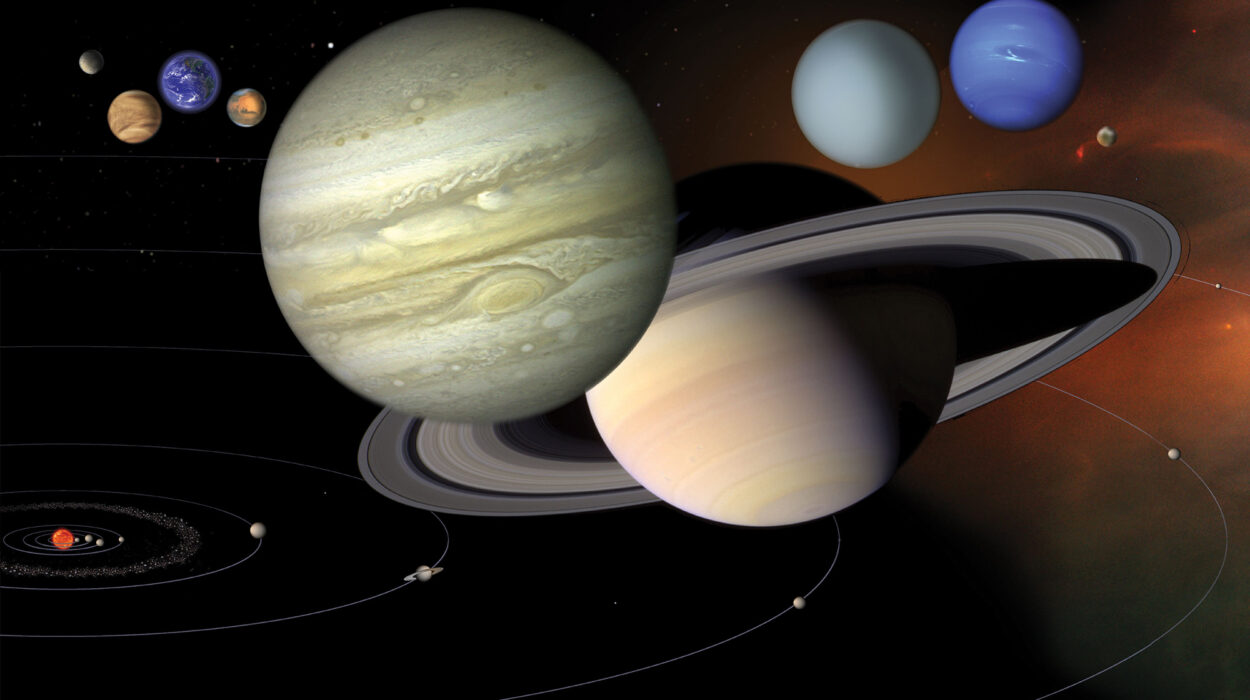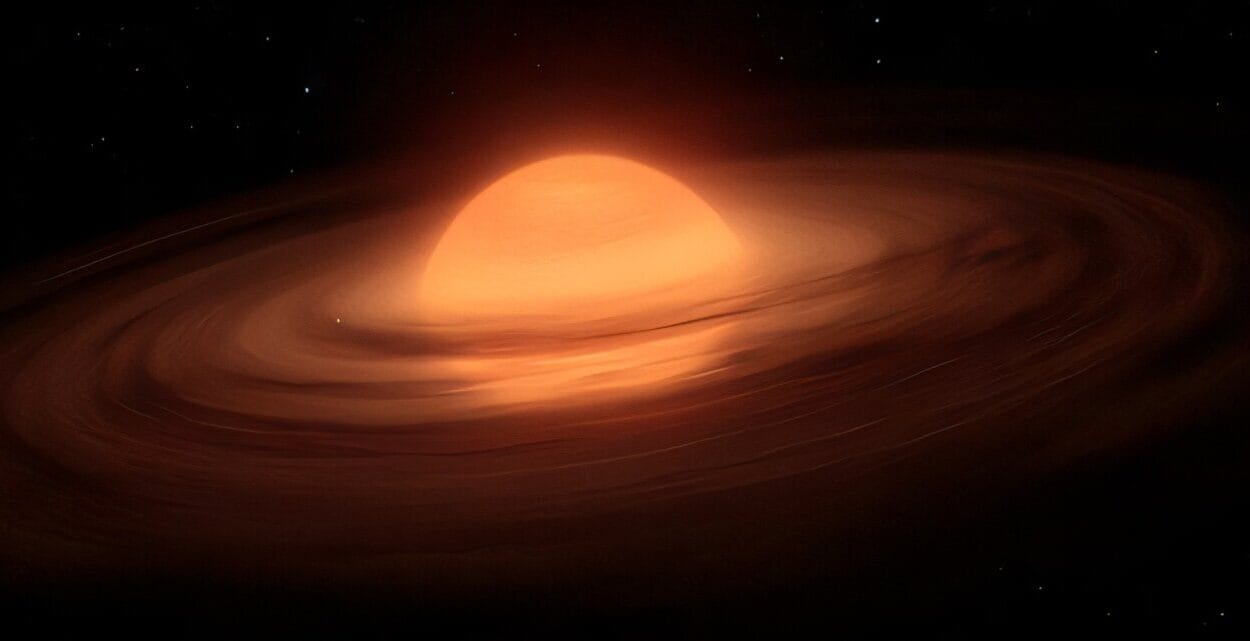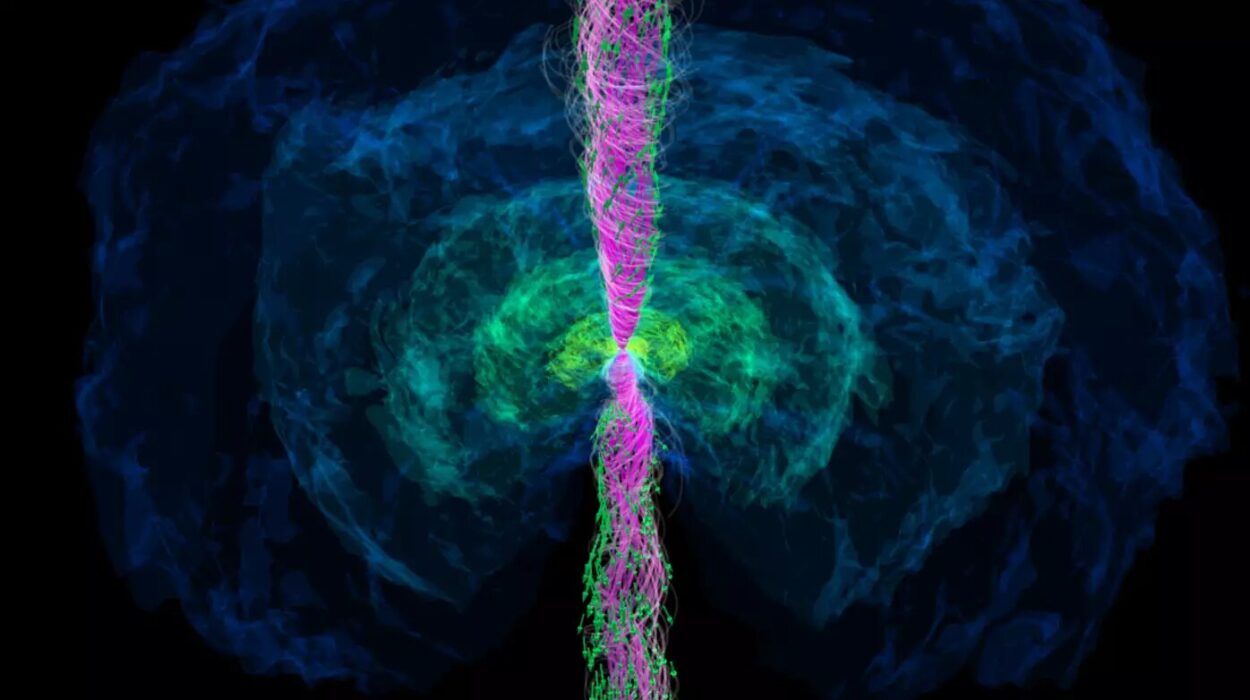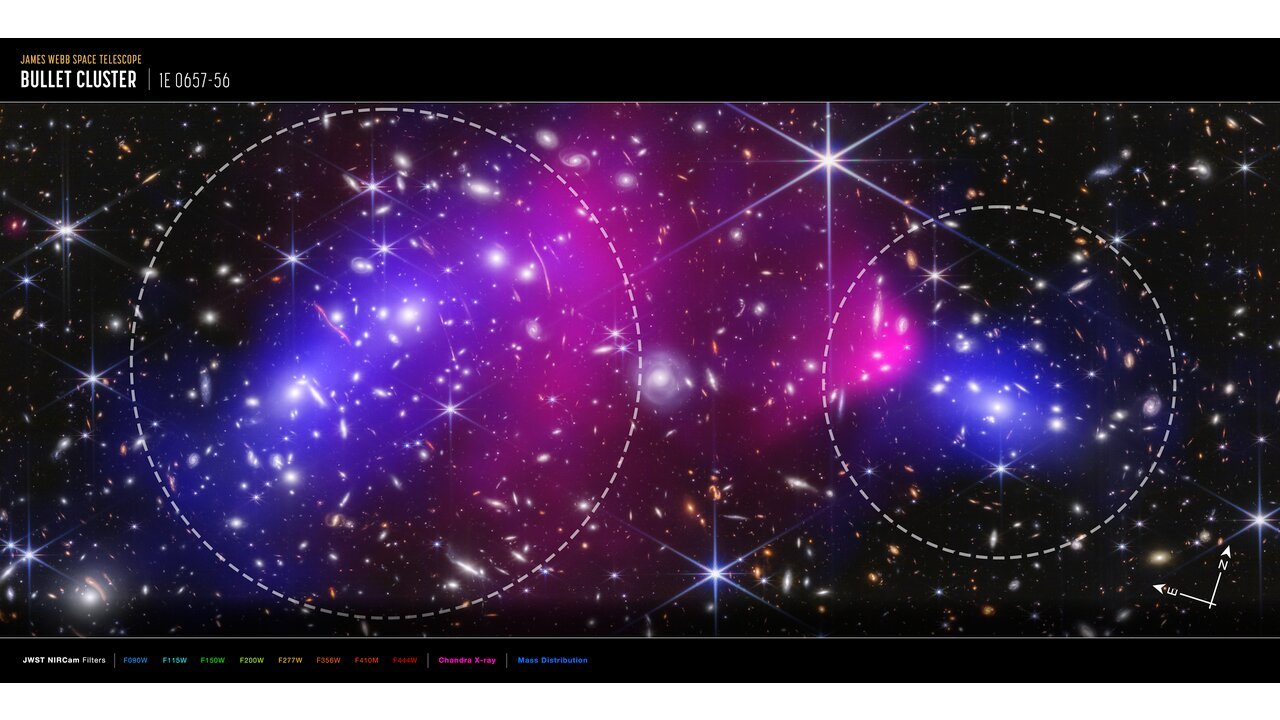In the dark tapestry of the early universe, two galaxies are colliding—not in a violent crash, but in a slow, gravitational waltz that lights up the cosmos with invisible fire. Astronomers from Tsinghua University and Steward Observatory have just peered into this distant past using some of the world’s most powerful telescopes. What they’ve uncovered may reshape how scientists understand star formation and X-ray activity in the young universe.
Reported in a July 31 pre-print publication on arXiv, this remarkable discovery centers on a newly identified galaxy pair—UDF3 and UDF3-2—located at a redshift of 2.54, meaning their light has traveled more than 11 billion years to reach Earth. This pair, nestled in the Southern field of the Great Observatories Origins Deep Survey (GOODS-S), is among the earliest and most luminous examples of galactic interactions ever detected in the X-ray spectrum.
Seeing the Invisible Universe: A Multiwavelength Masterpiece
This isn’t just one telescope’s discovery. It’s a grand collaboration between the universe’s greatest light-gatherers. The study led by Sijia Cai at Tsinghua University brought together an impressive suite of instruments, each capturing a different slice of the electromagnetic spectrum.
From space, the Chandra X-ray Observatory provided a window into the high-energy X-ray emissions, while Hubble Space Telescope (HST) and James Webb Space Telescope (JWST) offered stunning resolution in the optical and infrared. On the ground, the Very Large Telescope (VLT) and the Atacama Large Millimeter/submillimeter Array (ALMA) added vital spectroscopic and radio insights. Combined, these tools created a multi-dimensional portrait of a cosmic interaction in progress.
This synergy is the core of the Great Observatories Origins Deep Survey (GOODS), a long-term campaign designed to unravel the story of how galaxies form and evolve over cosmic time. In this case, it enabled researchers to spot not only the galaxies themselves, but the powerful X-ray glow radiating from within them.
Two Galaxies, Billions of Suns, and an Interstellar Firestorm
The two galaxies—UDF3 and UDF3-2—are far from quiet cosmic neighbors. They are active, dynamic, and bursting with new stars. Based on the team’s analysis, UDF3 is forming stars at a furious pace of 529 solar masses per year, about 15 times faster than its companion. For comparison, our own Milky Way produces just 1–2 solar masses of stars annually.
UDF3 appears to be relatively young, around 15 million years old, while UDF3-2 is older, at 206 million years. Both galaxies are massive, weighing in at roughly 5.8 and 3.3 billion times the mass of our Sun, respectively. Their interaction, hinted at by irregular and elongated shapes, suggests that they are gravitationally bound in a celestial dance that is distorting their forms and triggering an avalanche of starbirth.
The morphology—UDF3’s clumpy structure and UDF3-2’s stretched-out appearance—tells a tale of tidal forces at work. As the galaxies tug on one another, clouds of gas are compressed, birthing new stars and fueling high-energy phenomena rarely seen at this redshift.
A Mysterious Glow: Not Black Holes, but Star-Forming Powerhouses
Perhaps the most intriguing aspect of this discovery is the significant X-ray emission detected from both galaxies. In the high-energy universe, X-rays are often associated with active galactic nuclei (AGN)—the bright, superheated disks around supermassive black holes. However, Cai and her team believe something very different is happening here.
Using detailed spectral energy distribution (SED) fitting, along with data from the ultraviolet to mid-infrared, the astronomers ruled out AGN as the primary source of the X-ray signal. Instead, they propose that the emission is due to high-mass X-ray binaries (HMXBs)—systems where a massive star feeds material to a compact object like a neutron star or black hole, releasing X-rays in the process.
This is a significant distinction. HMXBs are strong indicators of recent star formation. Their presence in both UDF3 and UDF3-2 supports the idea that the galaxies are undergoing intense starbursts rather than harboring active black holes. If confirmed, this would mark the highest-redshift star-forming galaxy pair with X-ray detection in an individual member, challenging the assumption that early X-ray luminous galaxies are always AGN-dominated.
A Window into the Cosmic Past—and Future
Discoveries like this don’t just add new points to our cosmic map. They shift our understanding of how galaxies evolved in the first few billion years after the Big Bang.
The early universe was a different place—hotter, denser, and more dynamic. At redshift 2.54, we are looking back at a time when galaxies were rapidly forming stars, growing in mass, and often colliding. By studying objects like UDF3 and UDF3-2, astronomers can test models of galaxy evolution and starburst-driven X-ray emission under extreme conditions.
This discovery also suggests that X-ray luminosity alone is no longer a reliable signature of black hole activity in the early cosmos. In some cases, as shown here, it may be due to vigorous star formation and the energetic remnants it leaves behind. That nuance adds complexity—but also richness—to our interpretation of the high-energy universe.
The Power of Cosmic Collaboration
At the heart of this story is not just a galaxy pair, but a triumph of collaboration—between observatories, countries, and across generations of technology. From the chilly mountaintops of Chile to the vacuum of space, the telescopes worked in concert to bring these galaxies into focus.
As new data pours in from JWST, ALMA, and future missions like Lynx and Athena, astronomers expect to find many more such systems. Each will be another chapter in the unfolding epic of galaxy formation—a story still being written in the stars.
A Glimpse of Light in the Darkness
In the end, what makes UDF3 and UDF3-2 special is not just their mass or motion, but their light. Light that has traveled across 11 billion years of expanding space. Light from the birth of stars, the pull of gravity, and the fiery embrace of two galaxies meeting in the night.
It reminds us that the universe is alive with change, even in its quietest corners. That even in the earliest epochs, galaxies were not just forming—they were dancing, colliding, and igniting.
And thanks to the eyes we’ve placed in space and on Earth, we are privileged to witness their story unfold.
More information: Sijia Cai et al, Discovery of a Pair of Galaxies with Both Hosting X-ray Binary Candidates at z=2.544, arXiv (2025). DOI: 10.48550/arxiv.2507.23230

